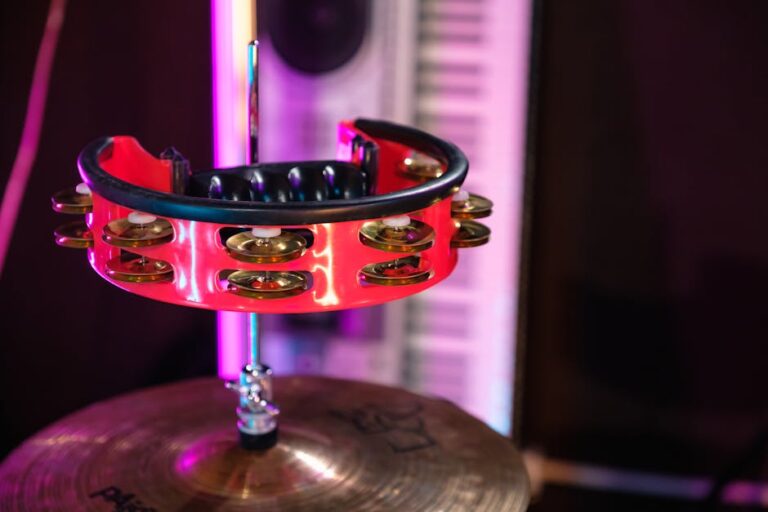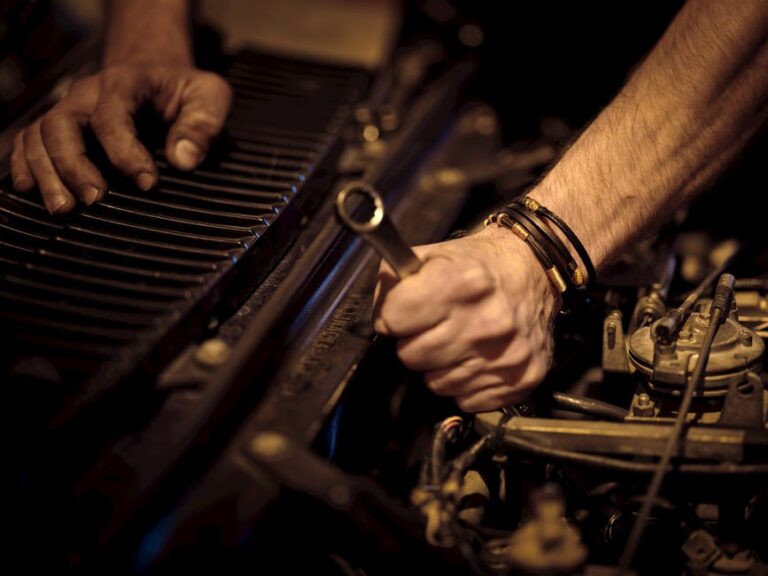Table of Contents
It’s 2025 now; people still wonder where their social media logos actually hide within wordpress files. This isn’t a new question; it keeps popping up. Figuring out these file locations can feel like a small scavenger hunt. Knowing where they are helps a lot with website changes. You want things to look right, after all.
You put social icons on your site, but then you need to update them. Maybe a brand changed its logo, or you just want a different style. Finding the old ones can be tricky. They don’t always sit in obvious places, which makes sense. WordPress is big, has many parts.
Often, folks look right in the main media library first. That makes sense for images you upload yourself. But for social media icons, especially if they came with a theme or plugin, they might be somewhere else. It’s not always as simple as hitting “upload new image.”
Sometimes these logos are just small images, like PNG or SVG files. Other times, they’re actually part of an icon font set. Like Font Awesome, which is pretty common. These aren’t pictures you can just edit; they’re code-driven shapes.
Knowing if it’s an image or an icon font changes how you fix things. If it’s an image, you swap the file. If it’s an icon font, you need to dig into CSS or plugin settings. That’s a whole different task, involves more than just clicking.
It really depends on how you put those social media links there in the first place. Did your WordPress theme add them automatically? Or did you use a special plugin just for social sharing buttons? These choices change everything about where things sit.
When a theme adds them, the logos are usually somewhere inside that theme’s folder. This is a common spot. You might find them in an “images” folder, or a “assets” folder. It just varies by theme builder, how they set things up.
If a plugin is doing the work, then its own folder is the place to check. Plugins try to keep their stuff organized within their own space. They want their files separate from other things. This can make finding specific assets easier.
WordPress has a file structure that is very organized. The main parts are `wp-admin`; `wp-content`; and `wp-includes`. Most of your custom stuff, like themes and plugins, sits in `wp-content`. That’s where you will focus your search.
Inside `wp-content`, you see `themes` and `plugins` folders. Those are your first stops. If you installed a theme called “MyCoolTheme,” its files are in `wp-content/themes/MyCoolTheme/`. Same for a plugin; it’s in `wp-content/plugins/MyCoolPlugin/`.
It’s often a good idea to use a file manager. You can access it through your hosting control panel. Or you could use an FTP client, like FileZilla, to connect directly. This lets you browse all your site’s files, see everything.
You can also try looking through your theme’s `functions.php` file sometimes. Or plugin files. They might have lines of code that point to where social media assets are. But you have to be careful with code. One wrong character can break things.
What about if the logos are coming from a content delivery network? Like a CDN. Then they aren’t even on your server. They are hosted somewhere else. That means you can’t touch the files directly. You change them through settings, usually.
Sometimes, people just paste in HTML code for social media links. This might involve an `` tag pointing to an external source. Or it could be a simple `` tag with text or an icon font class. HTML is very flexible.
You really have to understand your own website’s setup. Did you build it? Or did someone else? If you didn’t build it, you might need to ask the person who did. They might know the specific choices made.
It’s like knowing your house layout. You need to know where the light switches are. Same with website files. Where are the things you might need to change later? Social media logos come up a lot.
Finding Images in Themes and Plugins
So, you think your social media logos are actual image files. Start by checking your active theme folder first. Go to `wp-content/themes/your-theme-name/`. Look for subfolders like `images/` or `assets/img/`. These are pretty common places for theme assets to reside.
The next place is any social media plugin you’re using. If you have “Social Share Buttons by XYZ,” go to `wp-content/plugins/social-share-buttons-by-xyz/`. Inside, hunt for folders named `images/` or `assets/`. The developers usually try to keep things structured.
What if they are really small? Sometimes they are tiny, like 16×16 pixel icons. These can be easy to miss if you are just quickly scrolling through file names. You might need to sort files by size or type.
PNG and SVG files are super common for logos. JPG is less common for simple icons because of its typical uses. Check for these file extensions specifically when you are browsing through folders. They stand out more.
And sometimes, themes or plugins bundle all their images into one big sprite sheet. This is an older trick to save load time. One image file has many little icons. Then CSS is used to show just one part. Finding a sprite sheet means you cannot just swap one logo.
You would need to edit the sprite sheet itself. And then update the CSS that points to the new position. That’s a bit more advanced than just replacing a single picture. It’s not impossible, just more work.
Dealing with Icon Fonts
Lots of websites use icon fonts these days. Font Awesome is the big one; there are others too. Instead of images, these are like special fonts where each “letter” is actually a tiny picture or symbol. This saves file size.
With icon fonts, you don’t find a separate image file for each logo. Instead, the actual “logo” is generated by some CSS code. It tells the browser to display a specific character from the font. It’s very efficient for web pages.
If your social media logos are icon fonts, you’re not replacing image files. You’re changing CSS classes. So you might see something like `` in your theme code. The “fa-facebook” bit tells it which icon to show.
To change these, you often go into the theme options. Or sometimes, a plugin settings page. Many themes let you pick which social media icons to show, and they manage the underlying code for you. You select “Twitter,” and the right icon appears.
Sometimes you have to add custom CSS to change icon font colors or sizes. This is usually done in the WordPress Customizer. Or in a custom CSS file your theme provides. It’s better than changing core theme files directly.
Why location Matters for Updates
Knowing where these files live is really important for updates. If you change a logo directly in a theme’s folder and then update the theme, your changes might get wiped out. The update replaces the old files.
This happens all the time. People spend time customizing something. Then they update their theme or plugin for security or features. And suddenly, their custom logos are gone. It’s super frustrating for many users.
So, the best practice is often to use a child theme for customizations. A child theme inherits everything from its parent theme. But your changes live in the child theme folder. This way, parent theme updates don’t break your site.
For plugins, it’s trickier. You usually can’t use a child plugin. If you modify a plugin’s core files, updates will overwrite them. That’s why plugin settings or custom CSS are the better ways to customize.
What if you just want to put your own custom social media icons on the site? You can upload them to your WordPress Media Library. Then you can use the URL of that image in your social link code. This avoids theme or plugin issues.
This is a good way to keep your logos separate. They aren’t tied to any theme or plugin. If you switch themes later, your custom icons remain accessible in your media library. It offers good flexibility.
Common Places to Check
Here’s a quick list of places where social media logos often reside in WordPress installations;
Theme Folder: `wp-content/themes/your-theme-name/images/` or `assets/`; This is for images built into the theme.
Plugin Folder: `wp-content/plugins/your-plugin-name/images/` or `assets/`; Specific plugins store their own icons here.
Media Library: Uploaded through the WordPress dashboard; `wp-content/uploads/YEAR/MONTH/`; For images you added yourself.
Icon Font Libraries: Not image files, but handled by CSS and font files; often linked from theme or plugin code.
It’s about following the trail of how they got there. If it was a default theme feature, look in the theme. If a social sharing plugin put them there, check that plugin’s folder. Makes sense when you think about it.
Using Browser Developer Tools
This is a really useful trick for finding where a logo comes from. Right-click on any social media logo on your live website. Then choose “Inspect Element” or “Inspect” from the menu. Most browsers have this tool.
The developer tools will pop up, usually at the bottom or side of your screen. It will show you the HTML code for that specific logo. Look for an `` tag or an `` tag with classes. This tells you a lot.
If it’s an `` tag, you will see a “src” attribute. This “src” attribute is the direct URL to the image file. You can then copy that URL and paste it into your browser. This shows you where the image file is hosted.
It might be on your own domain, like `yourdomain.com/wp-content/uploads/…`. Or it could be from a CDN. This is a very direct way to see the file path. It works almost every time.
If it’s an `` tag, you will see CSS classes. Like `fa fa-facebook`. Then you know it’s an icon font. You can also see the CSS rules applied to that element. This can show you color, size, and where the font files are loaded from.
This direct method saves a lot of guessing and searching through folders. It’s what web developers use all the time. It really helps you narrow down your search. This tool is a must-use.
Thinking About performance
The type of social media logo file also affects how fast your site loads. Small PNGs are good. SVGs are even better because they scale without losing quality. Icon fonts are usually fastest because they are text-based.
Big, unoptimized image files for social media logos can slow your site down. People don’t like slow sites. So, it’s not just about finding them, but making sure they are the right kind of file. This matters.
You want your logos to load quickly. Think about it. If someone visits your site, they expect things to pop up fast. Slow loading images are a big turn-off. So keep file sizes small.
What if I can’t find them?
Sometimes, despite all your efforts, the logos just seem to be invisible. You’ve checked everywhere, but nothing. It might be due to a caching plugin. Caching can make it look like old files are still there.
Try clearing your website’s cache. And your browser’s cache too. Sometimes this reveals the true state of things. What you see might not actually be the latest version of your site.
Another thing: some theme builders compress their files. They might put all CSS and JS into one minified file. This makes finding specific lines of code harder. But the developer tools should still show you the source.
Maybe it’s a hard-coded path in a custom template file. Some people edit templates directly instead of using theme options. You might have to search through specific template files within your theme folder. This needs care.
Frequently Asked Questions
What are icon fonts; why use them for social media logos? Icon fonts are special fonts where letters are symbols; they are used because they are small in file size; scale perfectly to any size; and can be styled with CSS.
Can I just upload my own custom social media logos? Yes, upload them to your Media Library; then use their URLs wherever you want to show them; this helps keep them safe from theme updates.
Where are the most common places for logo files in WordPress? They often sit in `wp-content/themes/your-theme-name/images/`; or `wp-content/plugins/your-plugin-name/images/`; also check `wp-content/uploads/` for your own uploads.
My social media logos disappeared after a theme update; what happened? The theme update likely overwrote your modified files; use a child theme for any custom changes; this keeps your work safe from updates.
How can I check if a social media logo is an image or an icon font? Right-click the logo on your site and “Inspect Element”; if it’s an `` tag, it’s an image; if it’s an `` tag with classes like “fa fa-facebook,” it’s an icon font.
Key Takeaways
Social media logos sit in theme; plugin; or upload folders.
Image files (PNG; SVG) are different from icon fonts (like Font Awesome).
Browser “Inspect Element” helps find file paths or CSS classes.
Theme updates can delete custom logo changes; use child themes.
Uploading your own logos to the Media Library is a good strategy.
File type affects site performance; smaller is usually faster.
understanding where these files live helps a lot. It prevents many future headaches. It just takes a little bit of searching and knowing what to look for. You get better at it with practice, just like anything else. It’s not magic, just knowing the system.









